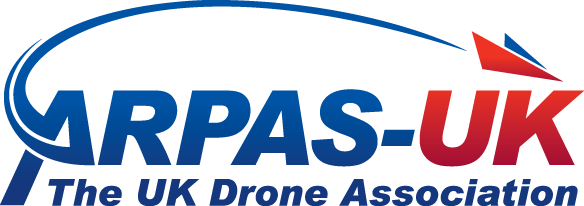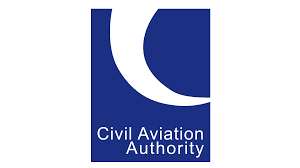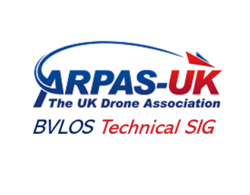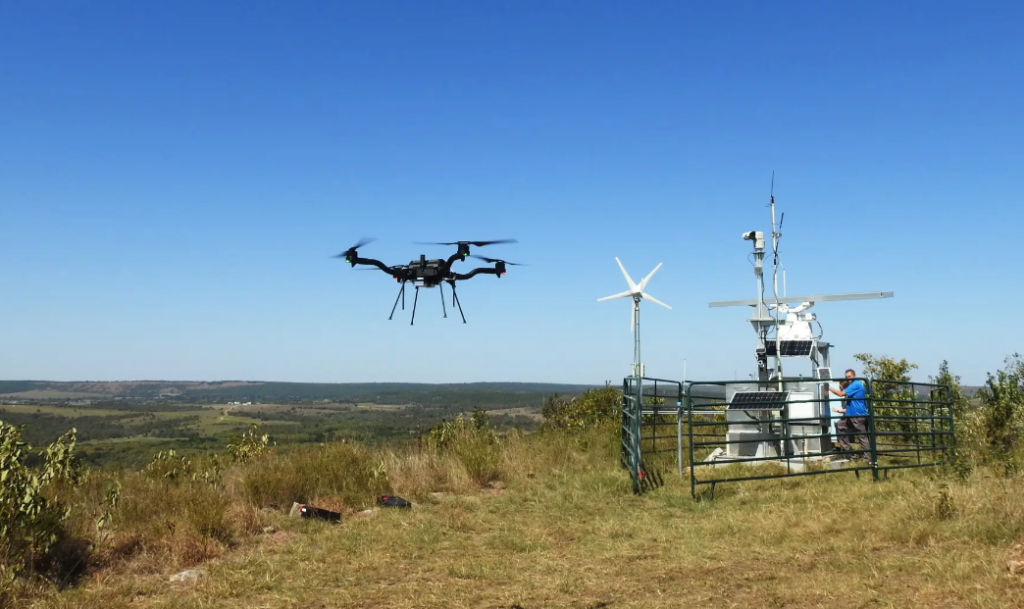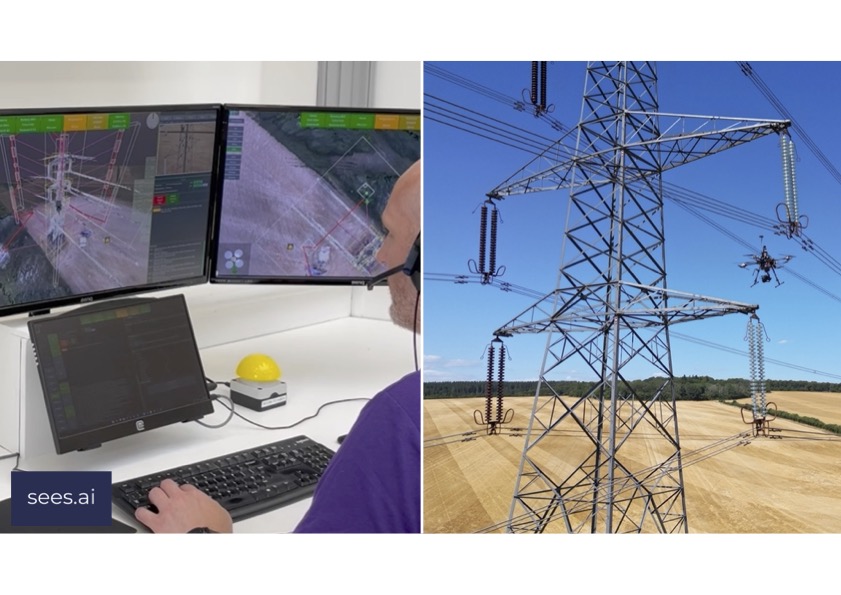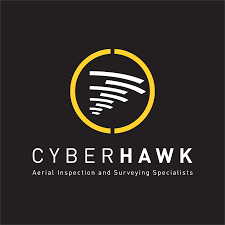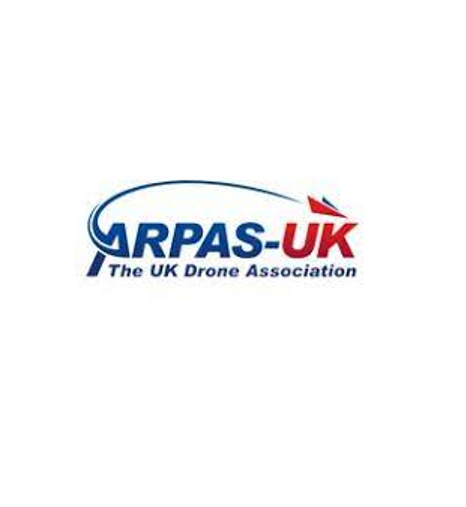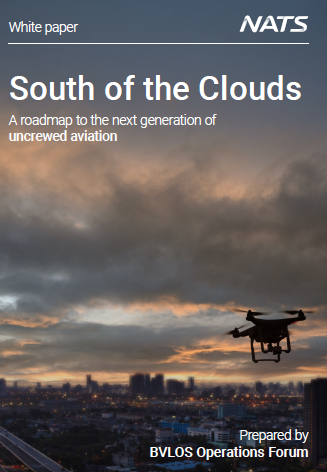Six projects have been chosen for trials under a UK Civil Aviation Authority scheme that will help make beyond visual line of sight (BVLOS) drone flights an everyday reality.
Among those included are schemes that involve medical drone deliveries, energy infrastructure, and ‘sky highways’.
The UK Civil Aviation Authority invited organisations to bid to participate in an innovation sandbox earlier this year to validate and test their concepts, supporting the development of BVLOS capabilities.
Projects involved include Apian London Health Bridge; Cranfield Airport and Project BLUEPRINT; Droneprep Open Skies Cornwall; HexCam; Skyports Project TRAject; and Snowdonia Aerospace Centre Project Dragons Eye.
Innovation sandboxes help organisations prepare for regulatory approval, and helps the regulator develop policies that better meet the needs of the industry in the future.
Sandboxes are controlled environments where organisations can test their innovative technologies against the existing regulatory framework, helping applicants maximise the readiness of their innovation, and also help the UK Civil Aviation Authority develop better, more efficient ways to develop new regulations.
These new trials will help develop plans for how drones can be safely integrated with other airspace users, as part of the regulator’s wider Airspace Modernisation Strategy.
The trials will consider a new policy concept that focuses on a specific type of airspace structure called a temporary reserved area (TRA) to enable the trialling of systems and approaches to safely enable drones to operate within the same airspace as other aircraft.
Prior to the new concept, drone operators wanting to fly BVLOS typically had to apply for a temporary danger area (TDA), which would effectively close a section of airspace for most other users for up to 90 days.
Sophie O’Sullivan, Head of Future Safety and Innovation at the UK Civil Aviation Authority, said:
“Our innovation sandboxes play a pivotal role in our ongoing mission to develop efficient, forward-thinking regulations that will allow different types of aircraft to use the same airspace.
“The chosen projects encompass a range of critical applications, including medical deliveries and infrastructure surveying. They highlight the varying role that drones could play in the aviation ecosystem and the trials will provide invaluable insights into how we integrate drones safely with existing airspace users.”
ARPAS-UK would like to congratulate its members involved in these projects.
17 October 2023
